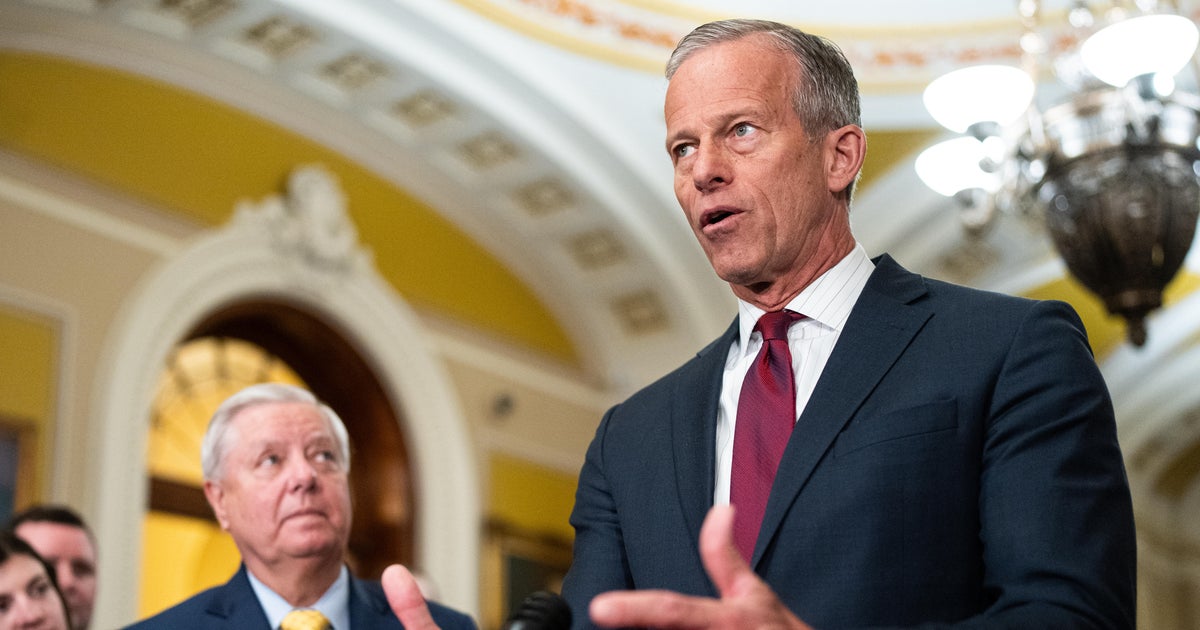Key takeaways:
- The Senate Republicans’ new budget blueprint aims to make the 2017 tax cuts permanent and proposes an additional $1.5 trillion in new tax cuts, using a “current policy baseline” method that scores the cost of extending these cuts at zero dollars.
- The proposal includes provisions to raise the debt ceiling by up to $5 trillion and is being advanced through the reconciliation process, allowing Senate Republicans to bypass the typical 60-vote threshold and expedite the implementation of President Trump’s fiscal agenda.
- The budget resolution sets the stage for further legislative activity to solidify and expand upon the 2017 tax policies, with potential impacts on the economy and national debt, prompting ongoing debate and analysis among lawmakers and stakeholders.
Senate Republicans have introduced a new budget blueprint aimed at facilitating significant tax reforms and adjustments to the federal budget. Released on Wednesday by the Senate Budget Committee, the 70-page document outlines a plan to make the 2017 tax cuts permanent and proposes an additional $1.5 trillion in new tax cuts. This blueprint serves as a directive for congressional committees to develop proposals that align with specified spending targets, allowing for adjustments in funding through program and policy modifications.
A notable aspect of the proposal is the use of a “current policy baseline” accounting method, which controversially scores the cost of extending the Trump-era tax cuts at zero dollars. This approach has sparked discussions regarding its implications for federal budgeting and fiscal responsibility. Additionally, the blueprint includes provisions to raise the debt ceiling by up to $5 trillion, reflecting the broader financial strategy outlined by Senate Republicans.
The budget resolution is being advanced through the reconciliation process, a legislative strategy that enables the majority party to bypass the typical 60-vote threshold in the Senate. With a 53-47 majority, Senate Republicans are positioned to move forward without requiring Democratic support, thereby expediting the implementation of President Trump’s fiscal agenda. This maneuver underscores the strategic use of budgetary procedures to achieve policy goals.
As the GOP seeks to advance this budget plan, the resolution sets the stage for further legislative activity aimed at solidifying and expanding upon the tax policies initiated in 2017. The proposed changes are expected to shape the fiscal landscape significantly, with potential impacts on both the economy and the national debt. The coming weeks will likely see continued debate and analysis as lawmakers and stakeholders assess the implications of the proposed budgetary adjustments.



Be First to Comment